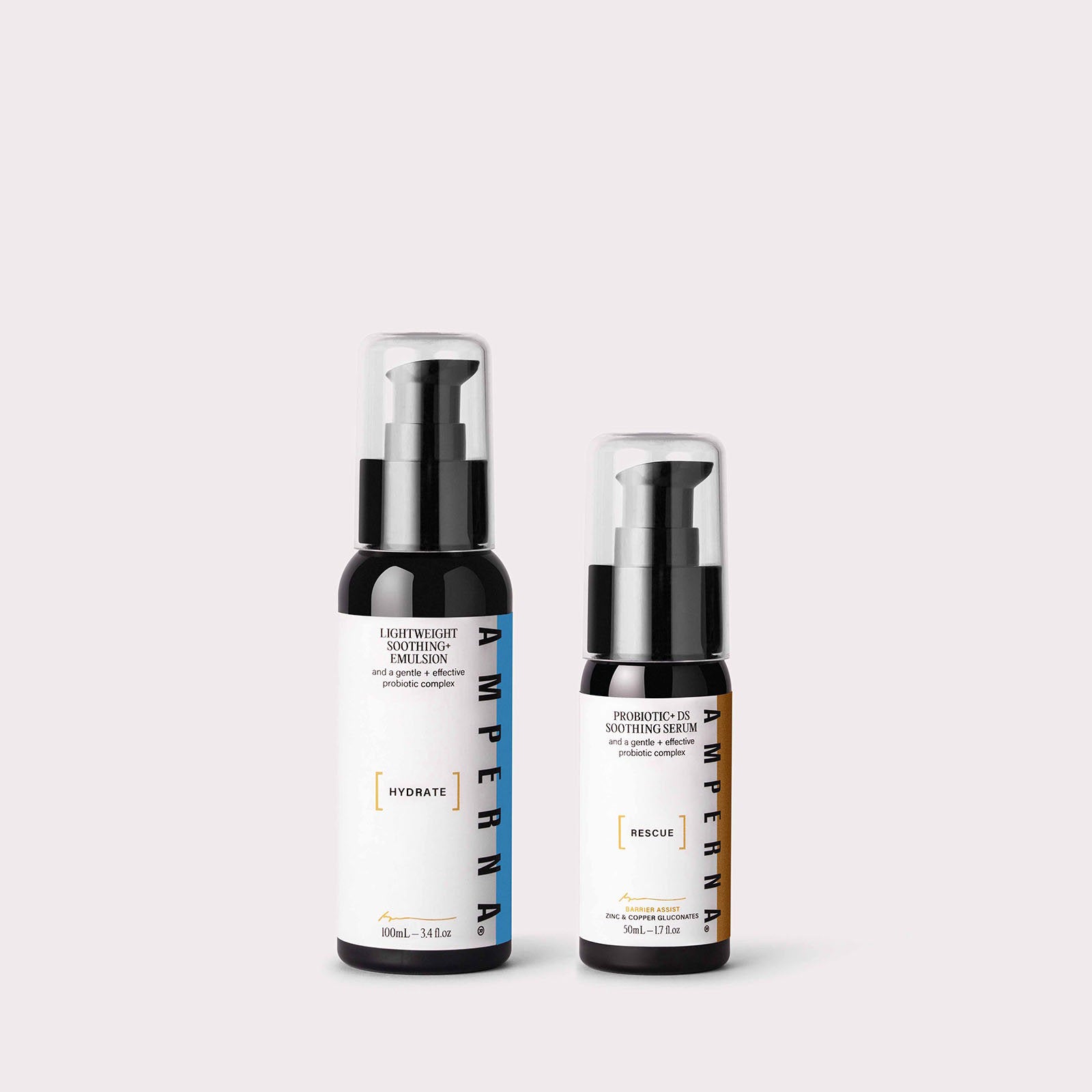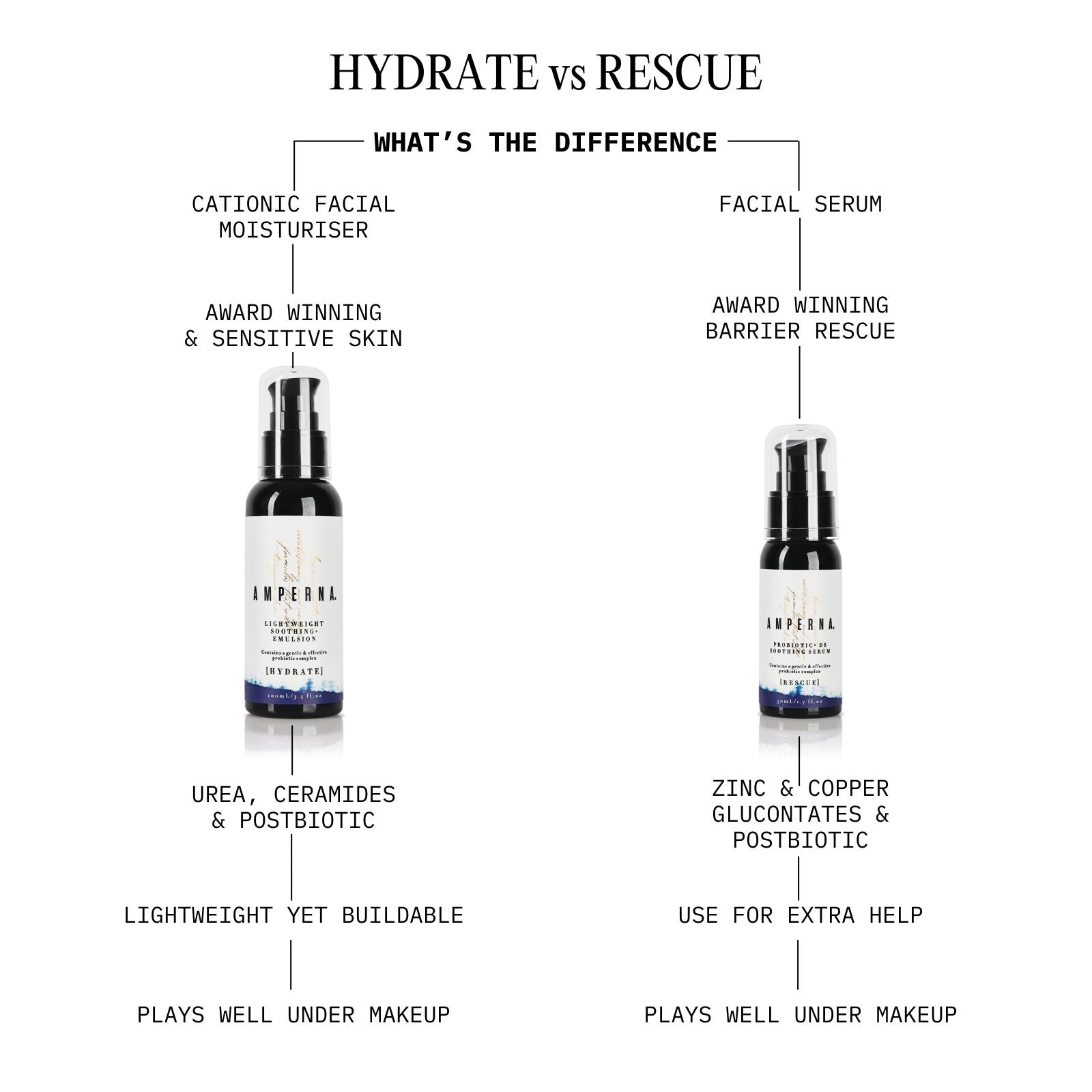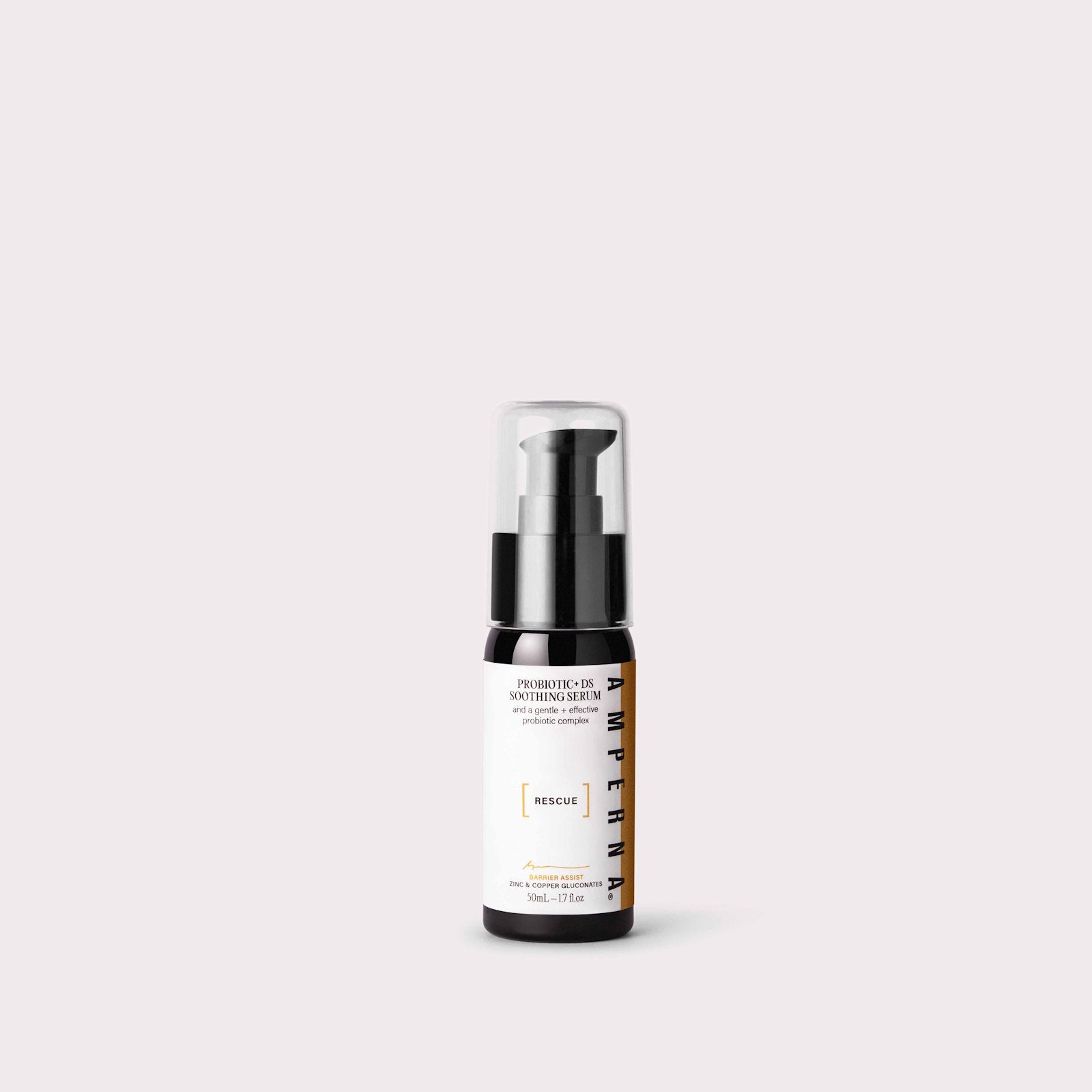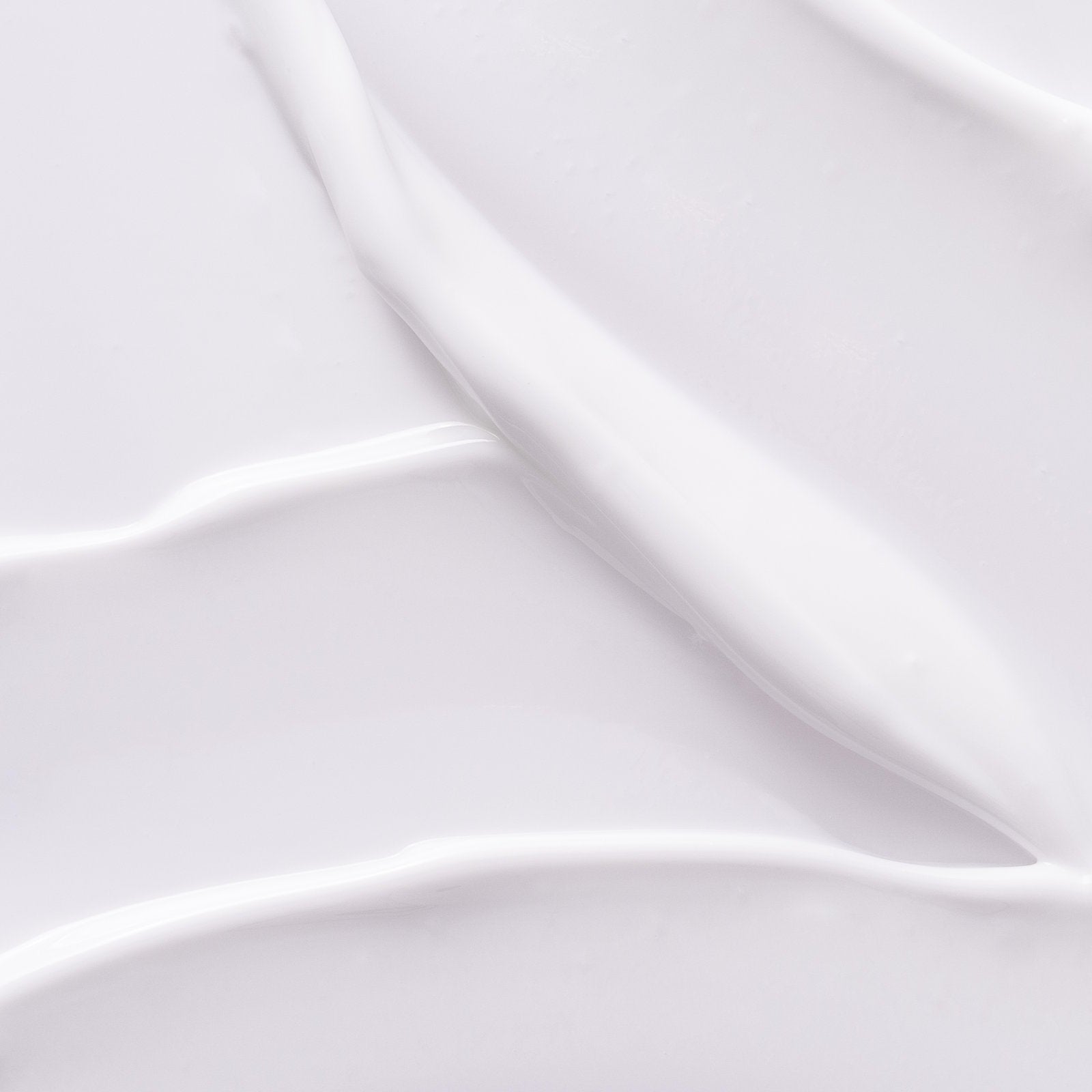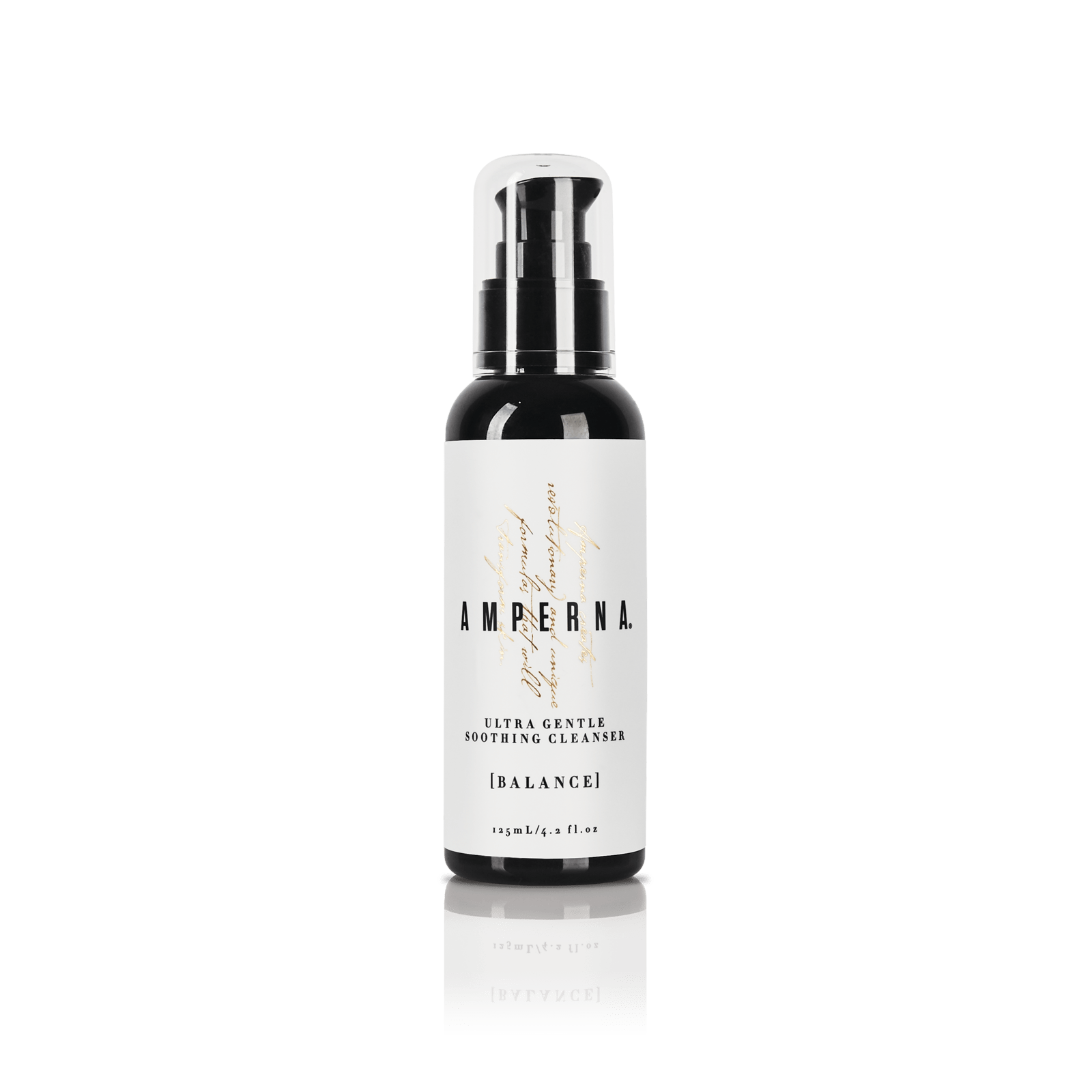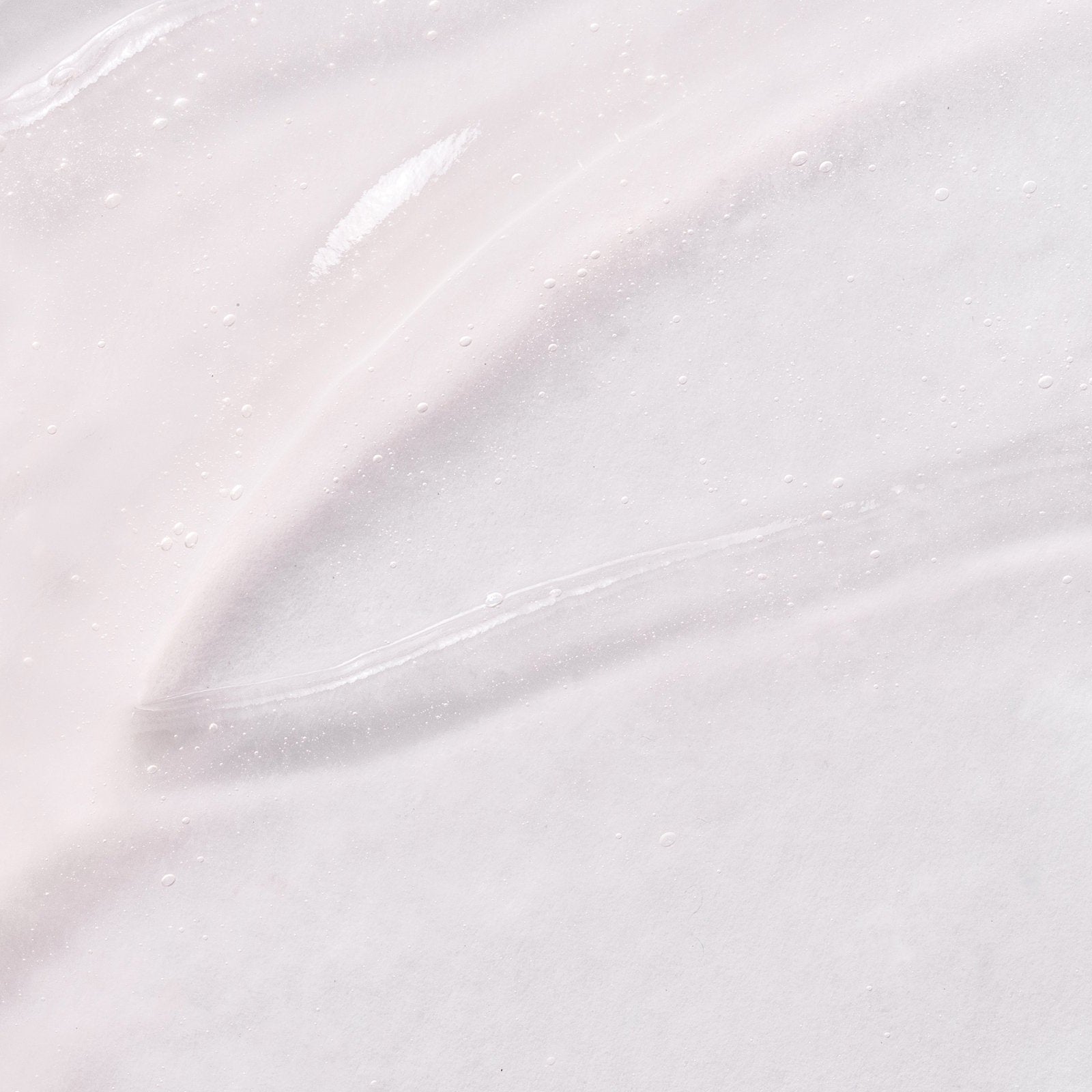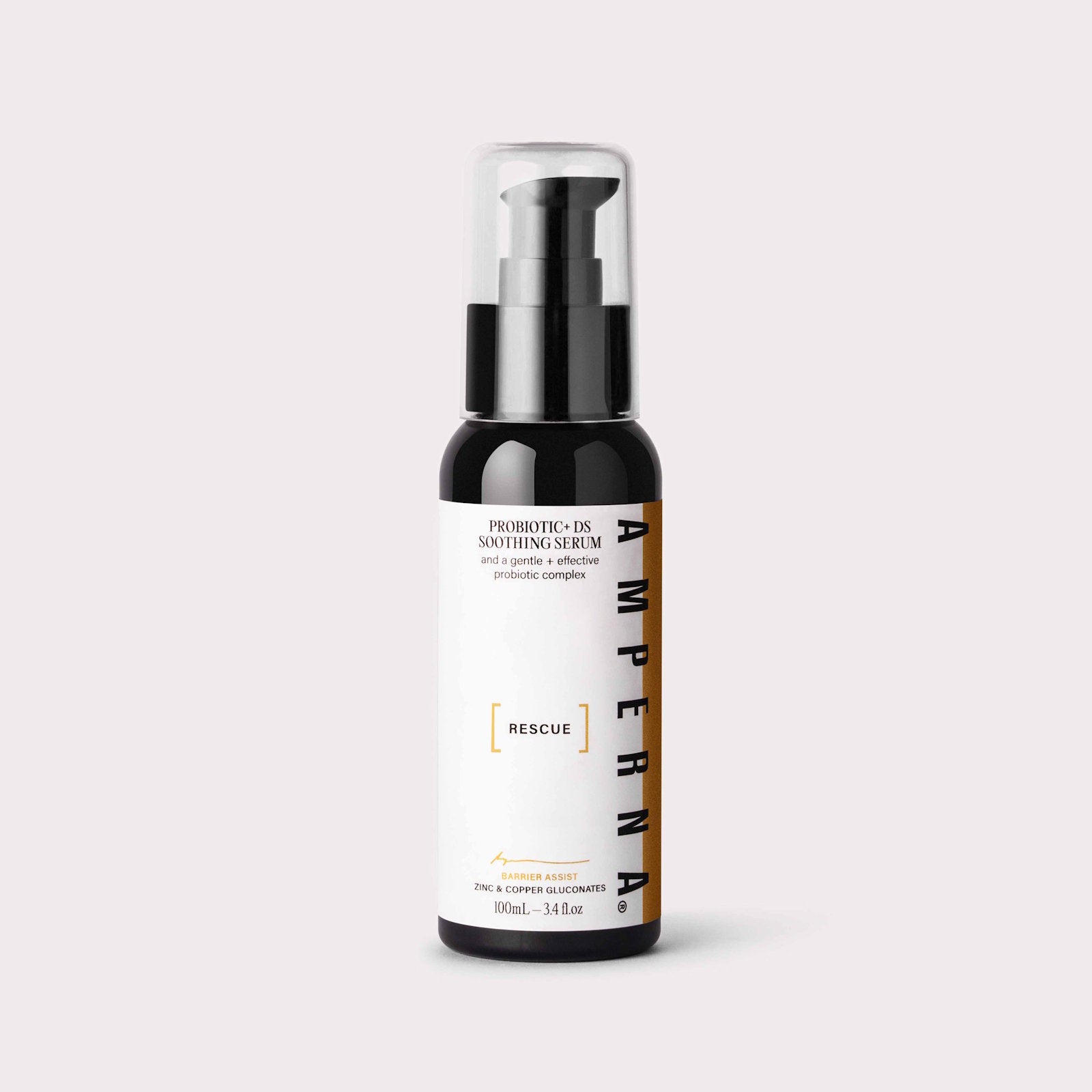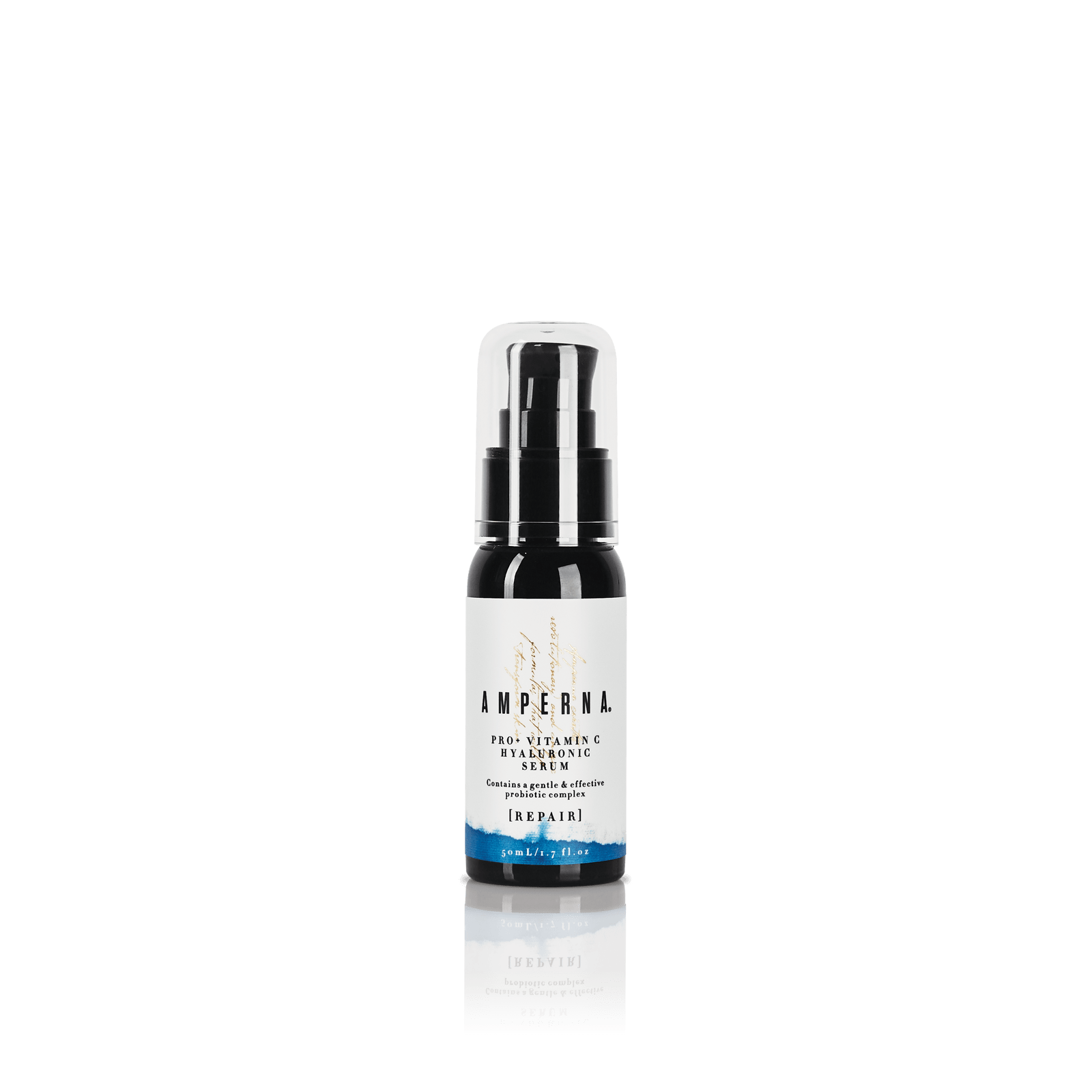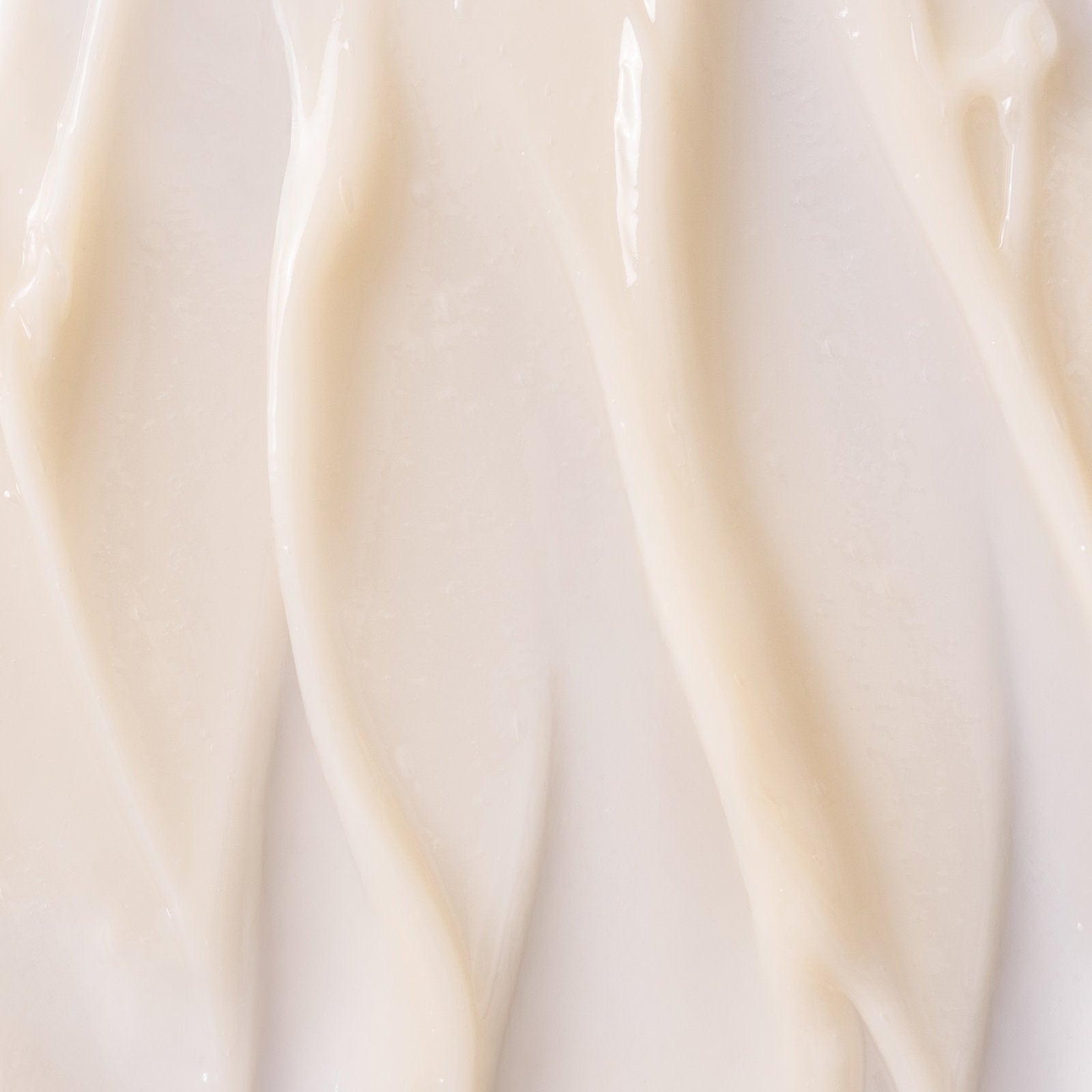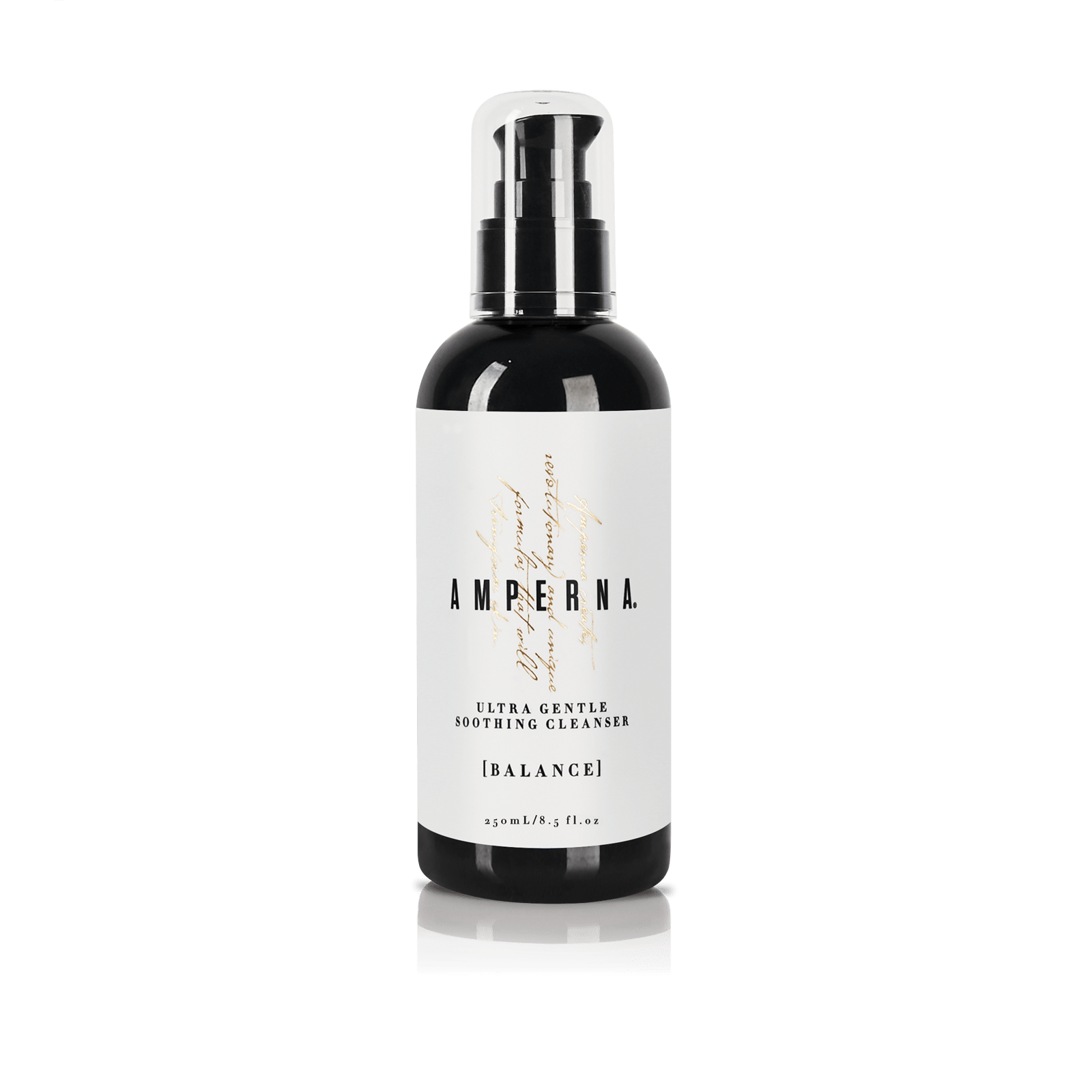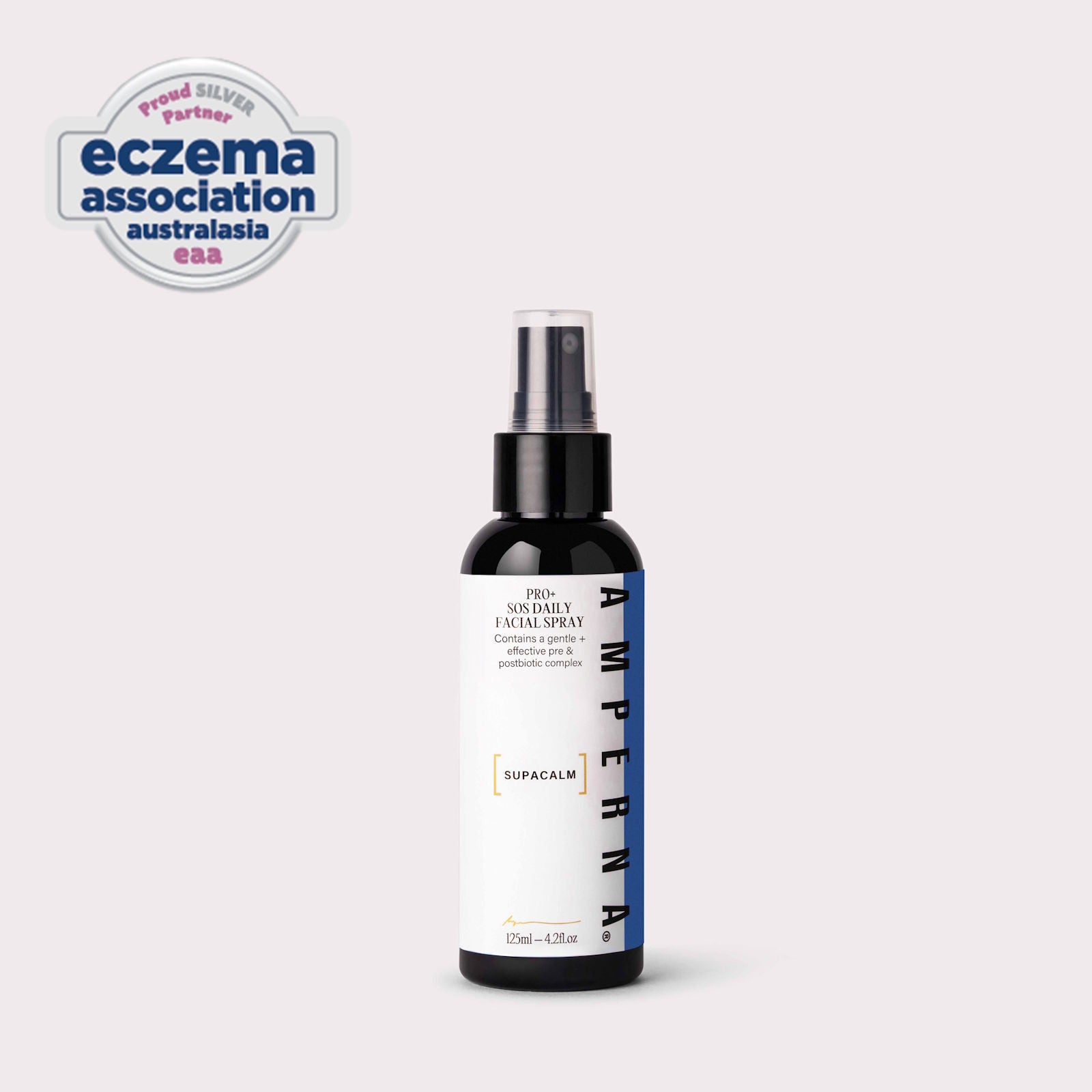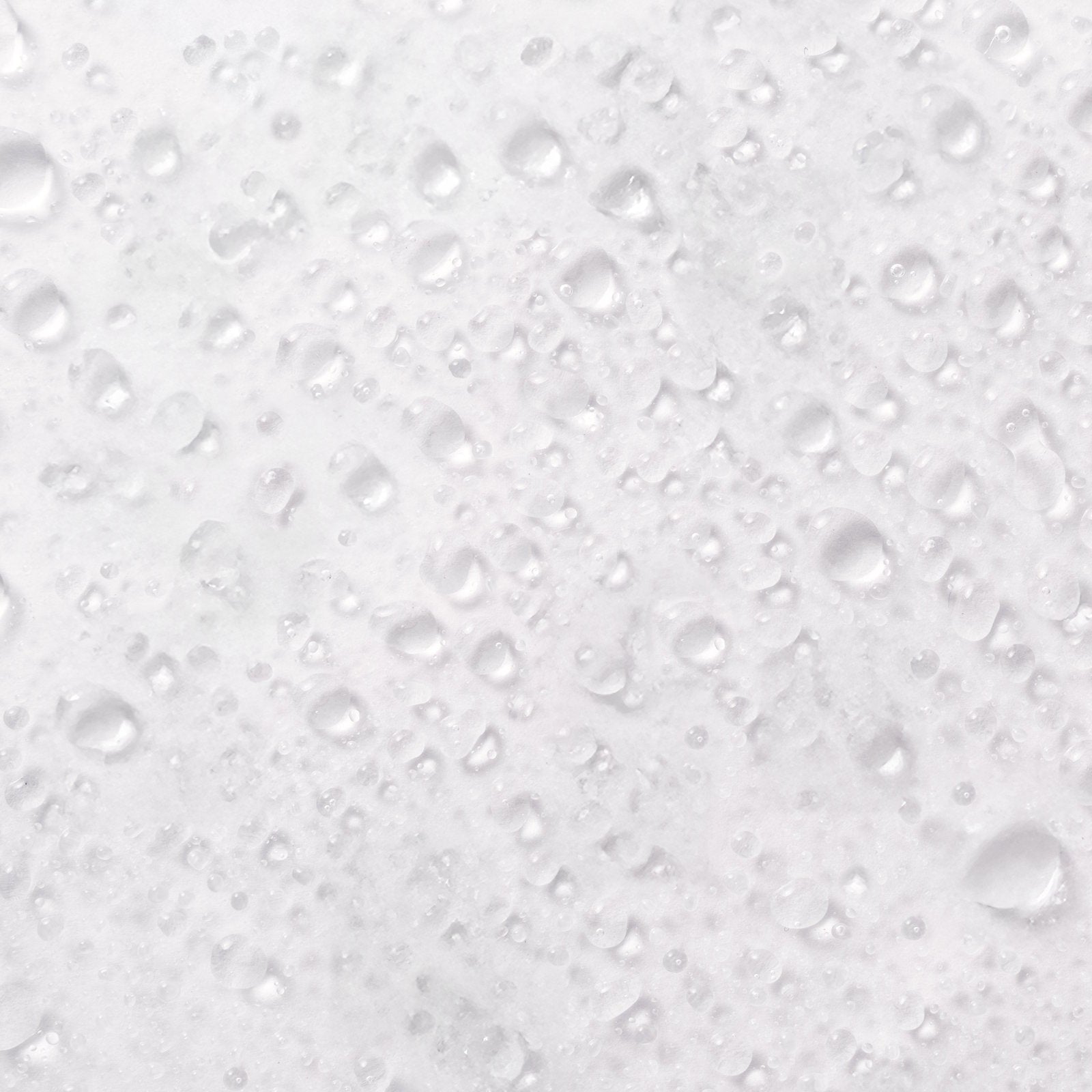The current market research projects that revenue in the beauty and personal care industry will top $101 billion by 2027. Australians spend approximately $1billion a year on in-clinic cosmetic treatments which per capita is +40% higher than Americans, and the demand is growing.
While skin treatment procedures including resurfacing lasers, Botox chemical peels and skin needling have a plethora of benefits, it is important to understand what your skin will be like after them. How your skin might change, what to avoid and which skincare products you should and should not use as part of your after-care.
Below we'll briefly explain some of the most popular in-clinic treatments from least invasive to more invasive and how best to look after your skin post treatment.
*It is important to always do your own research and seek a professional's advice when it comes to treating your skin concerns and what will best suit your skin.
Popular skin treatments
Dermaplaning:
Dermaplaning is a simple, safe and painless treatment designed to remove dead skin cells and fine hairs from the face. It helps combat dull, uneven skin tone and removing pesky peach fuzz. Using a specialised surgical blade to gently exfoliate the top layers of the skin where dirt and debris reside, you can expect to achieve fresher, smoother and more glowing skin.
Aftercare: After dermaplaning your protective barrier was removed so you need to hydrate and restore it as well as help protect the newly exposed layer in the meantime. Your bare skin will really soak everything up, so you want to provide it with top-quality products and be careful not to apply strong ingredients to your skin.
- Use a gentle non-irritating cleanser.
- Keep your skin extra hydrated applying nourishing serums and moisturisers when needed through the day during the skin recovery process.
- SPF is a non-negotiable and must be applied every day.
What to Avoid:
- Wearing makeup 24 - 48 hours after treatment
- Strong exfoliating ingredients (retinoids, AHA, and BHA) should be avoided at least a week after your treatment.
- Chlorinated swimming pools
- Strenuous exercise/ saunas/ steam rooms for the first couple of days
- Using hot water to cleanse your face
- Touching your face
Microdermabrasion:
Microdermabrasion is a noninvasive cosmetic procedure, where a specialist uses a diamond - tipped handheld wand which sprays/rubs fine crystals onto the skin. This gently exfoliates the skin, removing dead skin cells and debris from the top layer. Microdermabrasion is an effective option for people with skin concerns such as acne and acne scarring, fine lines, uneven skin tone and melasma.
Aftercare: Immediately after treatment, your skin may appear pinkish and feel more tender than usual. Over the next few days your skin may have the sensation of having a mild sunburn. The same aftercare rules apply to microdermabrasion treatments as above mentioned for dermaplaning. However, if you experience any side effects after microdermabrasion you might want to cool your skin down with cold water. Gently rubbing ice cubes over your skin will also calm your skin and reduce discomfort.
What to Avoid:
In addition to the above-mentioned list for dermaplaning it is highly recommended to avoid sunlight during the next 2 or 3 days. Exposing your newly refreshed skin to the harmful UV rays can be very damaging so it is crucial to apply an SPF product every 2-3 hours.
Using an SPF designed for sensitive skin and with 5%-10% zinc will fasten the healing process.
Wearing a hat and sunglasses will provide additional protection for your freshly bared skin.

Skin Needling:
Microneedling (skin needling) is a minimally invasive procedure that uses a wand device with very thin, sharp needle tips that make tiny perforations on the skins surface. Essentially these small wounds stimulate the body's natural healing process and encourages your skin to make new collagen-rich tissue and elastin.
Apply a soothing serum and moisturiser to hydrate and calm your skin. Look for products that contain hyaluronic acid, ceramides and peptides.
Carefully pat your skin dry with a soft, clean face cloth after using a gentle cleanser.
What to Avoid:
- Makeup 24 - 48 hours after treatment
- Sun exposure at least 1 week after treatment.
- Products that contain alcohol, fragrance, retinol or AHA/BHA's for at least 1 week after treatment
- Strenuous sweating for the first couple of days
- Picking or scratching your skin
Radio Frequency (RF) Microneedling:
This is a step further of regular skin needling. Radiofrequency (RF) skin needling uses tiny needles plus radiofrequency waves to rejuvenate the skin. Radiofrequency devices use safe levels of low-frequency electromagnetic waves to generate heat, which penetrates deep into your skin’s layers and stimulates new skin cell production and the production of collagen and elastin.
Aftercare: Due to the vulnerability of the skin your provider might choose to apply a specific serum or cream with healing agents to your skin before you leave their office. If no product is applied ensure you use your own, ideally a serum or emollient with soothing, healing, and calming ingredients like hyaluronic acid, niacinamide, antioxidants, peptides, aloe, calendula, and petroleum or glycerin.
What to Avoid:
As all points mentioned above it's imperative to avoid any physical or chemical exfoliants, enzymes, or vitamin A derivatives.

Wrinkle Reduction (Botox injections)
These injections are commonly used by people wanting to temporarily stop wrinkles from forming generally on their forehead and around their eyes. It works by temporarily blocking chemical signals from nerves that cause the muscle to contract. Popular toxins are Botox, Dysport, Myobloc and Xeomin.
Aftercare: Your regular skincare regime can resume after your treatment, just be more cautious with how you apply it. We suggest not applying pressure or heavily touching your face. Ideally, avoid touching your face for 24 hours after your treatment. Use cool water and a gentle cleanser to wash your face and gently pat dry. Your skin may feel drier than usual after Botox so amp up a hyaluronic acid serum to restore moisture levels back to normal.
What to Avoid:
- Physical exercise.
- Heat exposure.
- Alcohol and painkillers.
- Don’t wear anything on the treatment area.
- Resist applying makeup to the treated area.
- No laying down for a few hours after your treatment.
- No touching or massaging the area that was injected.
Dermal Filler:
For people wanting to add volume back to their face, smooth areas of their skin or reduce the appearance of hollowness and wrinkles, this treatment continues to grow in popularity. It is often used on lips, cheeks, jaw, eyebrows and nose.
The procedure involves injecting the filler into the area of concern. This is either a synthetic filler made from hyaluronic acid or collagen or a fat-filler (using body fat). The most common method uses synthetic fillers and is popular due to the quick and easy nature of the treatment.
Aftercare: You may have bruising, swelling or discomfort after getting the injections. Apply a cool compress or ice pack to the treated areas for 10 minutes every hour on the day of the injection to help. Usually, these side effects are mild and go away in a few days.
What to Avoid:
- Rub or touch the treatment areas for at least 4 – 6 hours to minimize the risk of infection.
- No strenuous exercise for 24 – 48 hours
- No other facial treatments to the area for a minimum of 2 weeks
- Avoid retinoids and AHA products for 24 hours after treatment.
Fraxel Laser:
The Fraxel laser system uses fractional laser resurfacing technology. The energy from Fraxel laser stimulates an intensive collagen renewal and resurfaces a variety of skin issues, such as fine lines and wrinkles, unwanted pigmentations, all types of scarring, and overall skin rejuvenation. This laser works by producing thousands of microscopic treatment zones that penetrate deep into the dermis that stimulate the growth of new, healthy skin cells to replace old, damaged cells.
*There are many different types of fraxel lasers available to consumers, so again, your own research is key!
Aftercare: The most common side effects of Fraxel are pain, swelling, and redness, but they resolve quickly. You may also experience ‘bronzing’ on the skin which is where you can see the mark left behind by the laser, this can last one to two weeks. Also, peeling is likely to occur when skin is healing post-procedure. Infection is always a risk any time the skin barrier is compromised.
Gentle skincare is a must!
Frequently moisturizing is key to combat dryness post-treatment and help with healing. Gently patting products and not rubbing it into the skin is key. And by far, the most important rule is to wear sunscreen every single day to prevent UV damage and hyperpigmentation.
What to Avoid:
Keep the treated area clean; avoid smoking, alcohol consumption, excessive exercise, perspiring, swimming, or exposing skin to heat and sunlight.
All of your skin care products should be non-irritating and non-clogging.
Allow your skins scabs to naturally peel on their own. No scrubbing and definitely no exfoliating.
Morpheus 8:
Morpheus8 is another type of radiofrequency (RF) microneedling device, however it penetrates the skin much deeper and has a unique 'burst' mode that allows multiple skin layers to be treated at once.
It is currently the most powerful RF Microneedling treatment on the market.
Numbing cream is required in preparation for this treatment and 'happy gas' is offered to help ease discomfort.
Aftercare: Wash the treated area gently with a mild cleanser and cool water at least two to three hours after the treatment and before going to bed. Use a cold compress if required to help with any swelling. Expected downtime varies but usually 7-10 days your skin will be healed. Ensure to use a zinc-based sunscreen daily.
What to Avoid:
Makeup, retinol, and other products with harsh ingredients for at least 1 week after the treatment.
Avoid heat-inducing activities such as hot baths, massage, sauna, excessive sweating, and strenuous exercise for one to two days after the treatment.
Do not pick or pull at any micro scabs as they need to fall off naturally.

After-care overview:
Recovery from any skin treatment can take a varying amount of time depending on a number of factors such as skin type and health, age and the type of procedure. Furthermore, do your research when choosing a skincare clinic and be sure to read reviews before jumping into a procedure.
If you have questions on aftercare and how AMPERNA® can help, get in touch with Kiri here.
AMPERNA® is dedicated to creating revolutionary and unique formulas to rebalance and transform the appearance of even the most sensitive skin. The skin-changing active ingredients in AMPERNA® such as a probiotic complex, glycolic acid and vitamins B help create the perfect conditions for your skin to shine.
Sources:
https://www.sbs.com.au/news/insight/how-much-are-australians-spending-on-cosmetic-procedures
https://www.mayoclinic.org/tests-procedures/botox/about/pac-20384658
https://www.theurbanlist.com/perth/a-list/beauty-trend-skin-needling-review
https://clearskincare.com.au/common-concerns/breakouts-acne-clearing/
https://www.laserclinics.com.au/


